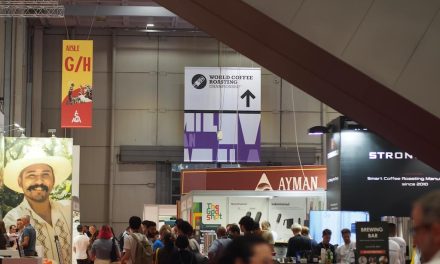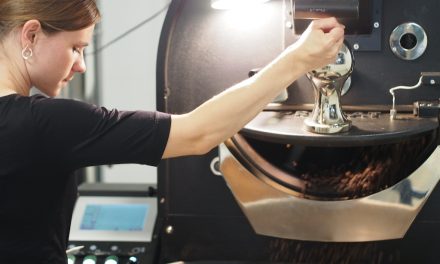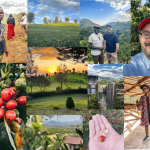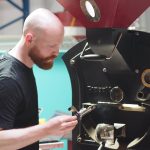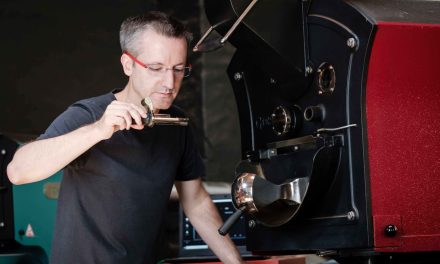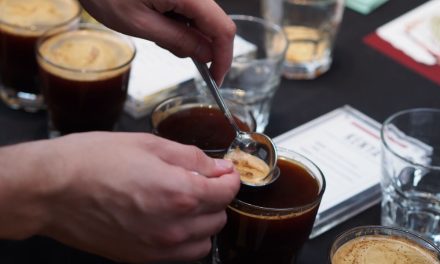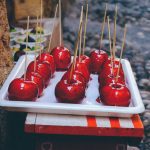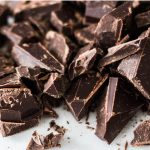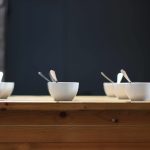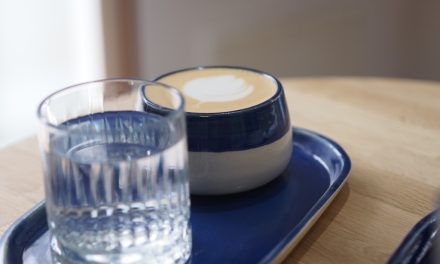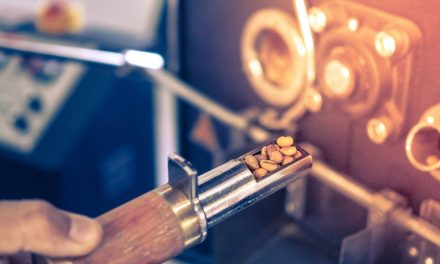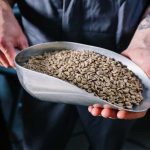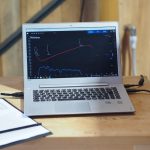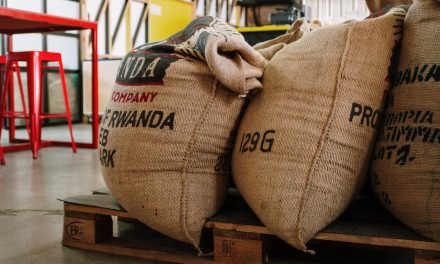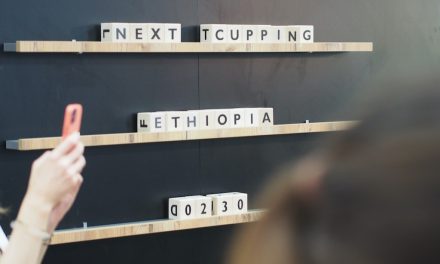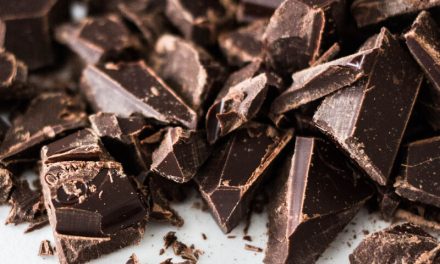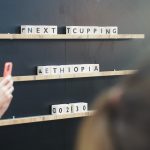
Jonas, would you buy such a high-quality green coffee again?
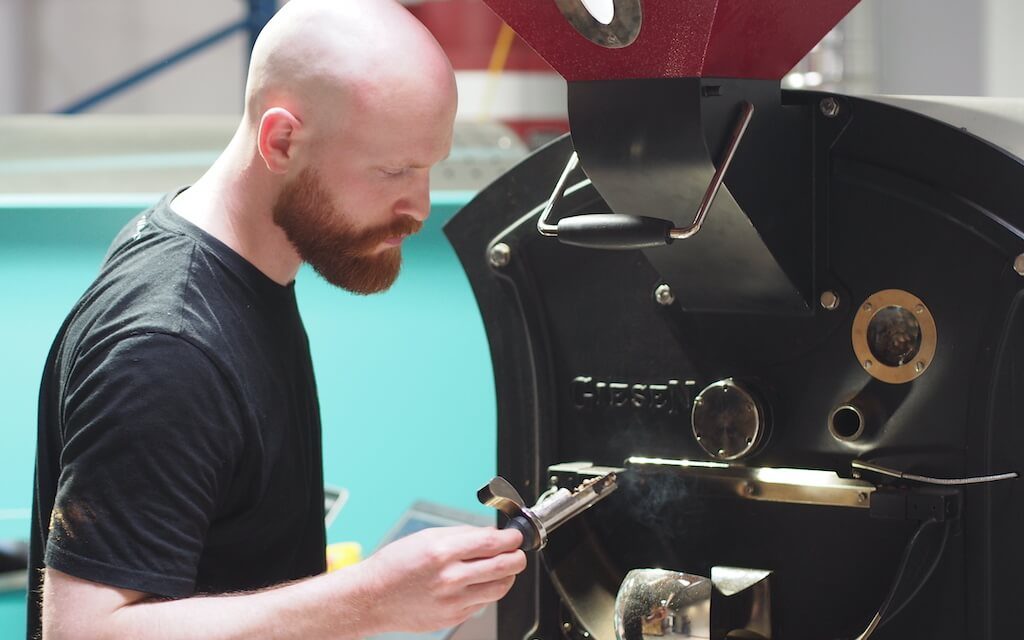
Does an expensive, high-quality raw coffee roast itself, as it were, as a self-runner? We wanted to know from Jonas from Drei Elf Rösthandwerk in Hildesheim/Germany how he approaches such a roast, what significance the new coffee has in his range, and whether the difference in taste justifies the difference in price.
We conducted this interview in April 2021. Since then, high-quality specialty coffees have become a regular feature at Jonas Coffee Roastery.
This article is for you if
you are roasting your first “natural” and need some inspiration.
you are interested in how Jonas approached the roasting of this high-quality coffee, of which he had a total of only 30 kilos
want to know if “expensive” coffees also taste “expensive”.
for which customers this type of coffee is exactly right
You roasted El Salvador La Dalia.
Exactly.
What kind of coffee is it?
It’s a Natural Pacamara, very fruity, very sweet, with notes of apricot and peach, a little cane sugar and yes, it’s the highest quality coffee I’ve bought so far.
High quality means it’s also the most expensive?
Yes. It cost Euro 11/kilo to buy. All my other coffees cost between Euro 6.50 and Euro 8, give or take (that was 2021; times has changed and today as of January 2025, prices have doubled, meaning Jonas bought a coffee for Euro 20 while his usual range is between 9 and 16 Euros; editor’s note).
And how did it come about that you decided to buy this coffee?
That was a collaborative idea between Mr. Schuler (Coffee Roastery Schuler, Hildesheim; editor’s note) and me. Christine (former: Fincas Finest, now Cumpa; editor’s note) had also approached me from day one about whether I would like to try some of her coffees. I am already familiar with her coffees from my previous permanent position and have also met her in person.
My problem is always the small order quantity, because we just started roasting coffee (That was 2021; editor’s note). I can’t get a full pallet together, and on top of that, transportation is very expensive. And now Michael had ordered something and asked me in the same breath if I would like to be there.
That was quite convenient, because I have a standard range, which is occasionally supplemented by limited editions. I buy one or two bags of coffee to be able to offer something new. And to simply encourage customers to try something different, and that should be the “La Dalia”, as the new filter coffee. It should offer something different aside from the classic chocolate-nut flavors with little acidity.
In other words, you knew from the outset that this would be a filter coffee? Or could it also be an espresso?
No, I don’t roast espresso in this price category because my espressos are actually all a bit more classic. They are rather dark, with a sweetness/fruitiness, but not with this extreme acidity. I think that many people can’t handle it, at least not with me. And that’s why it was clear to me from the outset that a high-priced coffee for me is always a filter coffee.
Were you looking forward to roasting the coffee when it arrived, or did you just dawdle around it at first?
No, I really want to do it myself, primarily because I want to drink it myself and not primarily because I want to sell it. I also drink 95% of my own coffees at home, and for a long time I really wanted a nice Natural. A real fruit bomb, I’d say.
And then I have the raw coffee in my roastery and then it’s usually the case that I first do a test roast if I don’t know the coffee at all and I don’t know what’s in it.
Then I take Thomas’s Ikawa (Kaffeeschule Hannover; editor’s note) or have samples roasted directly.
In this case, I already knew the coffee. I knew it from my time in a roastery in Fulda, so I didn’t have to go through the step of roasting a sample. I had also roasted it before, but according to instructions, without my own interpretation, but rather according to a predetermined curve, with a roasting style that is also 100% different from mine. In other words: a classic drum roast at low temperatures over a very long period of time.
And I knew that the coffee had potential, and I knew what was inside it, so I didn’t bother with the test roast. I went straight to the big machine and more or less roasted it straight away.
That means you went straight to the big machine. Big in terms of how much does it weigh?
To the Giesen W15.
Did you fill it up too?
No, I didn’t fill it up. I actually only have 30 kg of this coffee, which means that it’s not possible to roast it because there are only 30 kg…
That’s why I divided the 30 kg carefully into three batches of 10 kilos. In my experience, this is also a good amount for a light filter coffee with this roaster.
And then I have a rough idea of what the curve should look like, what my goal is. Personally, sweetness is always important to me because I believe that it sells better than acidic coffees. Yes, and then it starts.
In any case, I have a total time in my head that I want, I have a final temperature in my head that I want, I have a development time in my head and I have a color in my head. And then it’s a lot of intuition by now.
Because I already know the roaster well, I also have the individual gas settings in my head, how I want to start, how much energy it gets at the beginning, how I then want to take the energy out, yes, and that actually worked quite well.
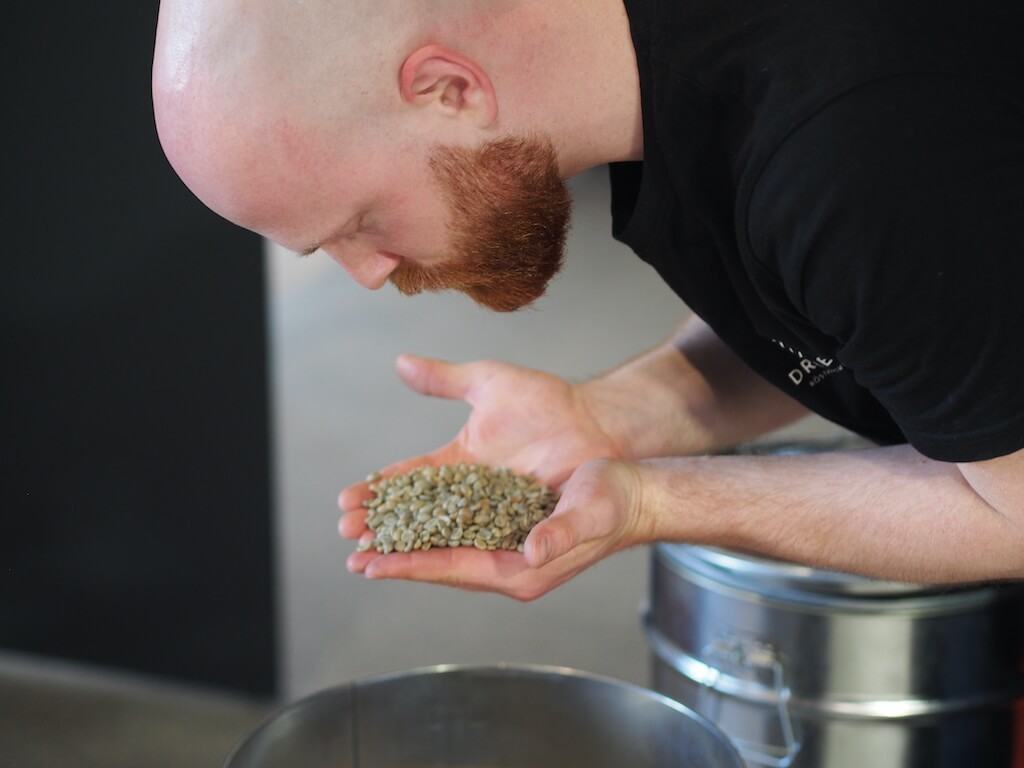
Do you often roast Natural or was that your first Natural?
Yes, well, Brazil Natural, but not otherwise. This was actually the first one from this roaster for my roastery.
Do you get nervous when you let the batch in, or could it also be a normal coffee from your range?
Well, if you feel like having a coffee like this, and you can already imagine how it should taste in your mouth, then you want it to turn out that way. At least I’m very perfectionist in that regard. It may be that many people approach it differently, along the lines of “yeah, let’s roast it and then see how it tastes”. I already have a relatively specific idea and try to look for that sweetness somewhere. And then I was nervous again for the first time in a long time.
Is this nervousness comparable to stage fright or what kind of nervousness is it?
It’s more like “now deliver”. Well, that’s maybe a poor comparison, but I did a lot of competitive sports for a long time and played volleyball for a long time. And yes, it’s a bit similar. You basically train all week and at the weekend, you have to be there five minutes before the game starts, and then you’re nervous inside, but you know that if you have the self-confidence, you’ll be fine. You have to switch off everything else and focus on it and be clear-headed. The adrenaline then helps me to be able to work with full focus.
So, if you roast your standard coffees, you also do other things on the side because you know, “whether it’s in for five seconds longer or not, it’s secondary, the coffee will forgive it”. At least for me. There are probably one or two colleagues who see it differently, but for me it works.
Does the tension ease when the drum turns?
I usually already have a feeling for whether I’m on the right track or whether something isn’t going as I’d imagined. That’s decided pretty early on. I’d say when the color change starts. From then on, I have a feeling about whether I’m on the right track or whether something isn’t going as I’d imagined.
And that was actually the case here. So a good, positive basic feeling, from which I know that it’s okay and that I’m now finishing it the way I imagined it. And then it works, yes.
Have you tasted your coffee yet?
Yes.
How do you rate the coffee in comparison to what you had in mind?
I didn’t cup it, I just brewed it with a hand filter. I have to say that I think the sweetness is great. The fruit comes out well at the beginning. It’s still a bit lacking in sparkle. I had expected a little more. I’ll cup it again now, when it’s been standing for a few days, and then I’ll adjust it. And the basic idea is that I’ll keep the development time a little shorter and hope that this will just bring out a bit of acidity.
In other words, you would stick to the original plan for the next roast, too, i.e. the 10kg cycle?
Yes. I wouldn’t change a thing in the basic settings. The only thing I would do differently would be to remove the coffee a little earlier at the end. I don’t think it’s much – maybe 10 seconds, maybe 15, more like 10 – and I think that’s enough for him. We’ll see at the next roast.
If you compare the coffee in terms of sensory characteristics with the range you have, would you say that the sensory difference also justifies the purchase price?
Yes, definitely. This is a completely different level to what I usually have in my standard range. The fruitiness is much more complex, there is much more depth to it, and I have already noticed for myself that the magic limit starts at around € 10 (that was in 2021; as of January 2025 that would equal approximately 15-18 Euros per kilo; editor’s note), where you really have the good coffees on the table, which are simply distinguished by significantly more complexity.
And that’s something totally different and totally serves the purpose. Here I can offer the customer something and say, “You definitely don’t know this, and you’ve never had it like this before, but give it a try, it’s a really, really high-quality coffee”. And I’ve already sold a little of this coffee, and I’m looking forward to the feedback.
Do you have customers who demand a particular coffee or are open to trying it?
Yes, it’s very much split into two camps. There are those who come in at the beginning and try it out. They try a bit of everything in the range and then find one or two coffees that they come back to again and again.
Then you have those who come in with the question “do you have anything new?”. And I actually underestimated that a bit, because this question comes relatively (!) often. Yes, I don’t have the feeling of having to deliver, but you do have the idea of keeping these people happy too.
Yes, and the problem is to actually find the balance between the idea of always showing something new and then picking up people with this new thing; but then not to disappoint them by saying that the coffee is no longer there. “What do you mean, it’s no longer there? It was so delicious!” Yes, but it was limited.
Is the project a matter of course for you and Michael, or is there some apprehension like, “Oh no, not him roasting coffee like me”?
No, this is the first time we’re doing it. But we also communicate relatively aggressively that we don’t see each other as competitors. And we’ve agreed that one of us will make a filter coffee and the other will make an espresso from the raw coffee. And that we offer the same price, and in this context we want to make it clear again that we don’t see each other as competitors.
We’ll see. We’ve done this once, but we also help each other out if needed. For example, I needed a sack of Brazilian coffee recently, so Michael lent me one for a week and a half. Let’s see how it goes.
Can you imagine buying another green coffee that costs double the price for a kilo compared with your regular range?
Absolutely. This is just the beginning here. I also deliberately keep these quantities small. I believe that it also sells better if you say, “here, there are now only 100 or 200 times 250g of this coffee and then it’s over”. Then you don’t have the pressure of having to sell the coffee to everyone, come hell or high water.
But I’ve also set myself the goal of taking people with me on the journey. So, to pick up customers at their current point of view, at the level where they are right now as coffee drinkers, and then to lead them step by step into new worlds. And to show them different things.
And that actually works quite well with some of them. It starts with a very banal story like “try it without milk and sugar” or “give it a try”. You notice relatively quickly who is open to it and who is sticking to their old habits. And those who are open to new things are really easy to win over. They also really want to. But it also requires a fine touch with each customer who then stands in front of you.
The roast at a glance:
- Total roasting time: 12 minutes
- Temperature (inlet): approx. 215 degrees Celsius / 419 degree Fahrenheit
- Temperature (outlet): approx. 203 degrees Celsius / 398 degree Fahrenheit
- Development time: 1:15 minutes
- Roast loss: approx. 13.9%
- Target: filter coffee
- Green coffee: El Salvador “La Dalia” | Paramara | Natural | Harvest 2020/2021
- Dealer: Finca’s Finest
- Roasting machine: Giesen W15
- Cupping Notes: Fruity, complex with notes of peach, apricot and cane sugar

